Tasmanian researchers have led studies into a breakthrough treatment set to save wombats from horrible suffering
Tasmanian researchers have played a key role in bringing a breakthrough treatment to save wombats from a devastating disease. Here’s how they did it>>>
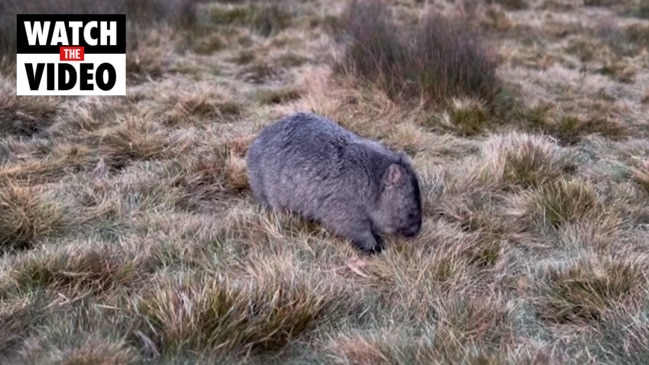
Tasmania
Don't miss out on the headlines from Tasmania. Followed categories will be added to My News.
A treatment used to control fleas and ticks in dogs is set to play a key role in saving wombats from the debilitating and often fatal disease sarcoptic mange.
In an Australian first, a long-lasting flea treatment developed by Bravecto has been granted a permit by the Australian Pesticides and Veterinary Medicine Authority to allow minor use in wombats.
The breakthrough has been achieved following several years of research led by University of Tasmania Associate Professor of Wildlife Ecology Scott Carver.
Bravecto has joined forces with Wildlife Information, Rescue and Education Service (WIRES) to use its Bravecto Spot-On for Dogs product to treat mange in bare-nosed wombat populations across Australia.
The permit will allow hundreds of wildlife carers to use the treatment on vulnerable wombat populations in Tasmania, Victoria, the ACT and parts of NSW and South Australia.
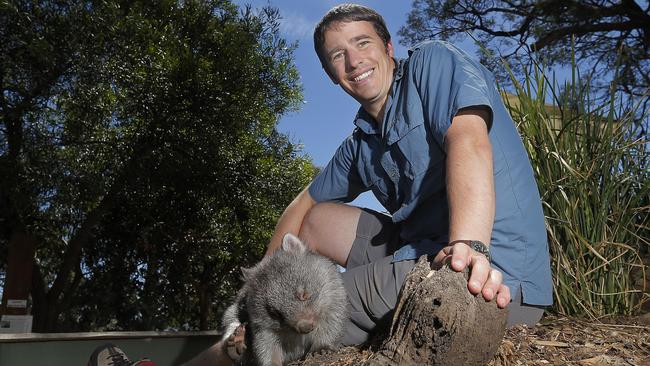
Dr Carver led research into the drug’s use on wombats through studies conducted in Tasmania.
“The transformative nature of this treatment is because Bravecto has gained a minor use permit. That means wildlife carers and rehabilitators can use it on wombats without supervision of vets.
“The big difference with this treatment compared with other drugs is that it is much longer lasting — lasting about six times longer than other treatments.
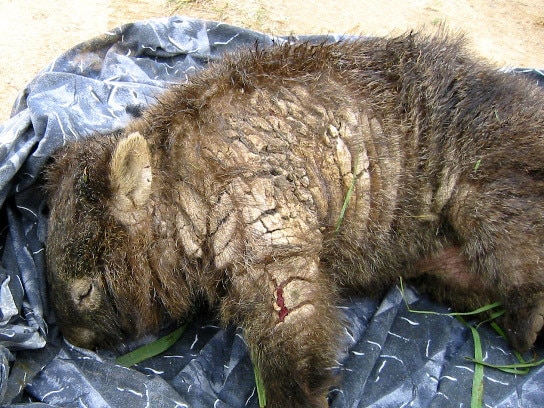
Dr Carver said the fact that wombats changed burrows regularly made multiple application treatments difficult to apply to diseased animals.
“Also when they start feeling healthier they are more difficult to catch for treatment,” he said.
Dr Carver is hopeful the drug will help to control a disease which can have devastating effects on wombats. Bravecto Spot-On is shown to be effective with 1-3 applications.
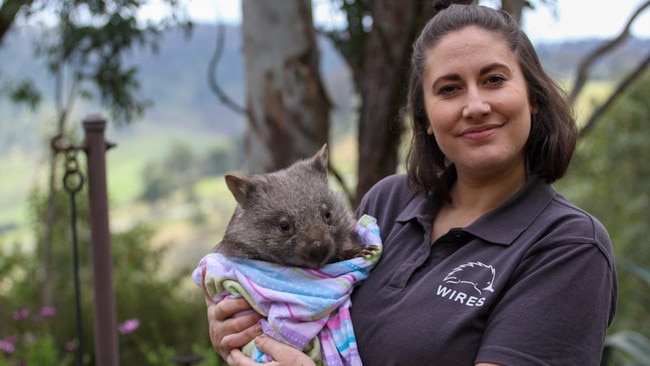
“Sarcoptic mange causes some of the most extreme animal suffering I have ever seen,” he said.
“Wombats that become infected gradually decline over approximately three months until they become so weakened that they die from opportunistic infections.
“Sarcoptic mange is an important animal welfare issue as it can limit the size of populations and cause declines that wipe out wombats in some areas.”
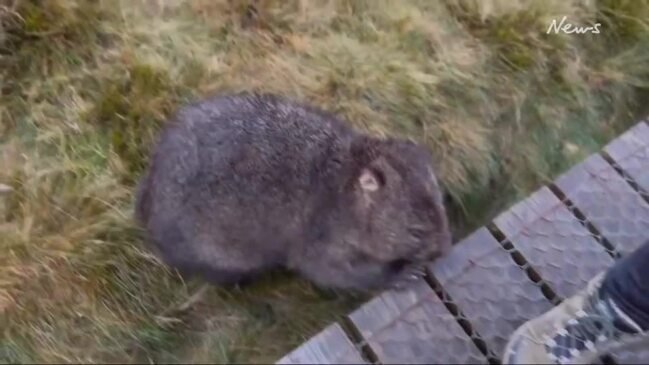
WIRES Campaigns Manager Kristie Newton said wombat mange was increasing.
“The WIRES Rescue Office has recorded a doubling of wombat rescues over the past five years. It is estimated that mange is now present in 90 per cent of wombat populations,” she said.
“The faster wombats receive treatment for this horrendous disease, the higher their chance of survival, which is why spreading awareness is so important.
“This long-lasting treatment breaks the life cycle of a mite which gives us a great opportunity to perform strategic population-wide treatments. This is the best chance we have had yet in abolishing mange in localised populations.”




